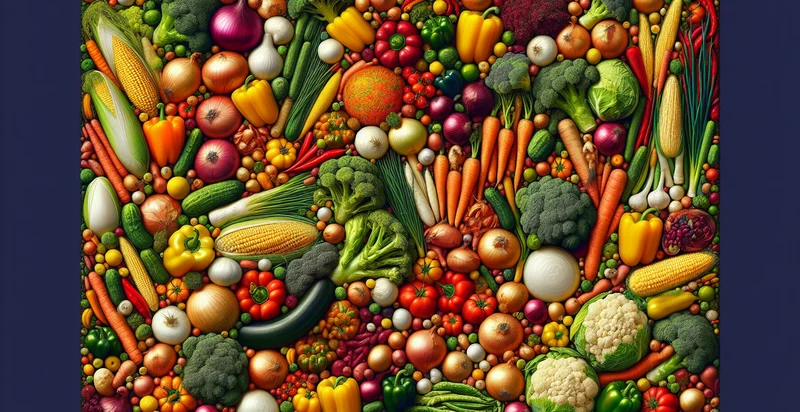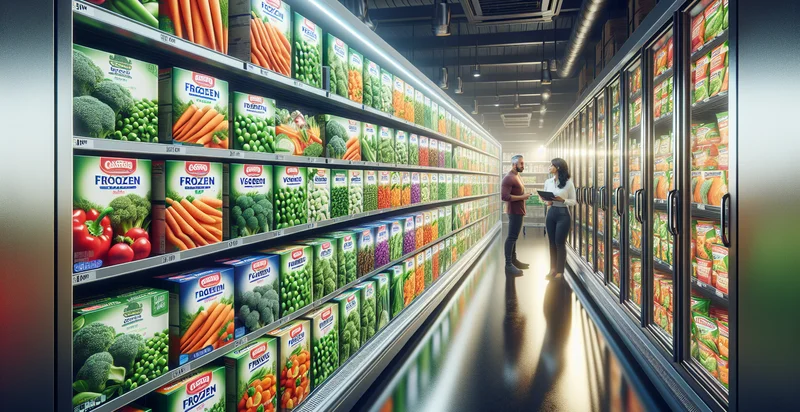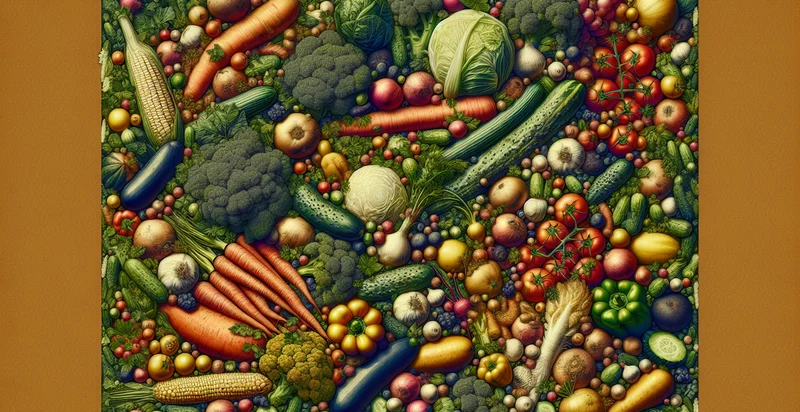Identify vegetable types
using AI
Below is a free classifier to identify vegetable types. Just upload your image, and our AI will predict what type of vegetable it is - in just seconds.

Contact us for API access
Or, use Nyckel to build highly-accurate custom classifiers in just minutes. No PhD required.
Get started
import nyckel
credentials = nyckel.Credentials("YOUR_CLIENT_ID", "YOUR_CLIENT_SECRET")
nyckel.invoke("vegetable-types", "your_image_url", credentials)
fetch('https://www.nyckel.com/v1/functions/vegetable-types/invoke', {
method: 'POST',
headers: {
'Authorization': 'Bearer ' + 'YOUR_BEARER_TOKEN',
'Content-Type': 'application/json',
},
body: JSON.stringify(
{"data": "your_image_url"}
)
})
.then(response => response.json())
.then(data => console.log(data));
curl -X POST \
-H "Content-Type: application/json" \
-H "Authorization: Bearer YOUR_BEARER_TOKEN" \
-d '{"data": "your_image_url"}' \
https://www.nyckel.com/v1/functions/vegetable-types/invoke
How this classifier works
To start, upload your image. Our AI tool will then predict what type of vegetable it is.
This pretrained image model uses a Nyckel-created dataset and has 20 labels, including Bulb Vegetables, Cabbage Family, Cruciferous, Cucurbits, Edible Flowers, Fruits, Fungi, Green Vegetables, Herbs and Leafy Greens.
We'll also show a confidence score (the higher the number, the more confident the AI model is around what type of vegetable it is).
Whether you're just curious or building vegetable types detection into your application, we hope our classifier proves helpful.
Related Classifiers
Need to identify vegetable types at scale?
Get API or Zapier access to this classifier for free. It's perfect for:
- Inventory Management: This function can automate the classification of vegetable types during stock intake at grocery stores or warehouses. This ensures accurate inventory records and helps in maintaining optimal stock levels.
- Market Analysis: Retailers can use the vegetable type identifier to analyze consumer preferences and buying patterns. By understanding which vegetables are popular, businesses can tailor their offerings and promotions accordingly.
- Food Delivery Services: Meal kit or food delivery services can implement this function to categorize ingredients in their offerings. By accurately identifying vegetable types, they can streamline their supply chain and improve customer satisfaction by ensuring correct ingredients are delivered.
- Quality Control: Food manufacturers can utilize this function for quality assurance by verifying the types of vegetables being processed. This helps in maintaining consistent product standards and reducing errors in food production.
- Nutrition Apps: Health and nutrition applications can incorporate the vegetable classification function to help users track their vegetable intake. By identifying and categorizing vegetable types, users can receive personalized dietary recommendations based on their consumption data.
- Recipe Generation: Cooking applications can leverage this function to suggest recipes based on the types of vegetables available in a user's pantry. By identifying and categorizing vegetables, these applications can enhance user engagement and promote healthy cooking.
- Agricultural Research: Researchers in agriculture can use this classifier to collect and analyze data on vegetable types in various regions. This information can inform crop selection and yield predictions, ultimately aiding in sustainable agricultural practices.


